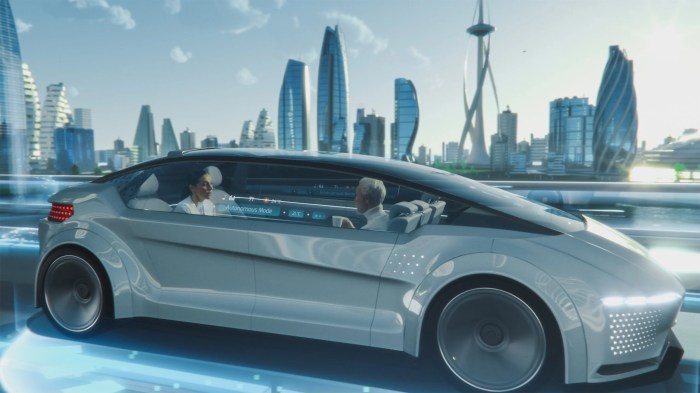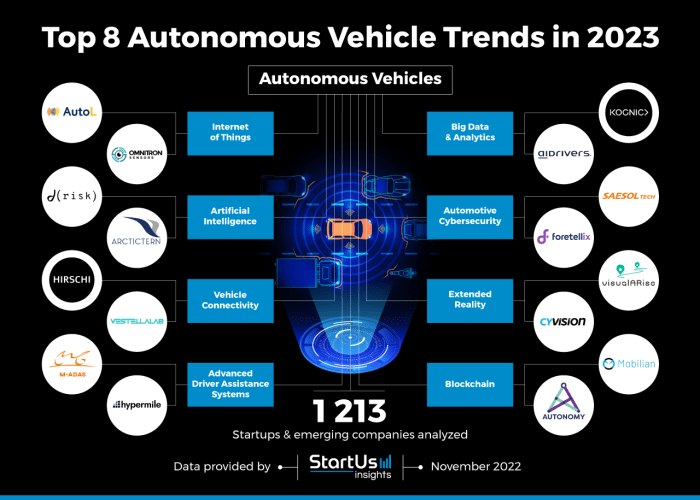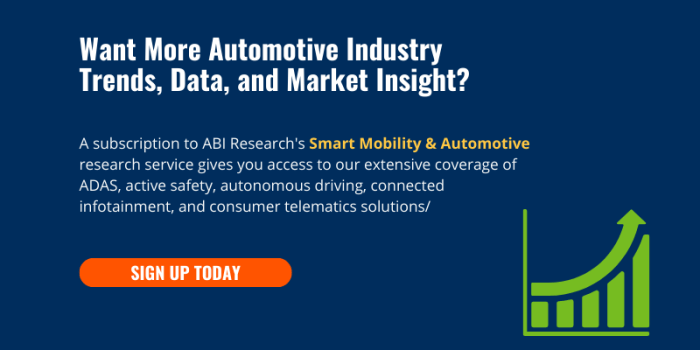The automotive insurance industry is undergoing a transformation, driven by technological advancements and shifting consumer expectations. As vehicles become smarter and driving patterns change, insurers are evolving to meet the needs of a new generation of drivers. In this article, we’ll explore the trends and innovations shaping the future of automotive insurance.
1. Usage-Based Insurance (UBI)
Usage-based insurance (UBI) is an emerging trend that uses telematics technology to track a driver’s behavior and adjust premiums based on individual driving habits. By monitoring factors like speed, braking patterns, and mileage, UBI allows insurers to offer more personalized and fair pricing. Safe drivers benefit from lower premiums, while risky drivers may face higher costs. As connected vehicles and data analytics continue to evolve, UBI is likely to become a more common method for determining insurance rates.
2. Autonomous Vehicles and Insurance
As autonomous vehicles become a reality, they will drastically change the landscape of automotive insurance. With self-driving cars reducing human error, the frequency of accidents may decrease. However, new challenges will arise, such as determining liability in the event of a crash involving an autonomous vehicle. Insurance companies are working to adapt to this shift by exploring new policies that address the unique risks posed by autonomous technology, such as product liability for the vehicle manufacturer and coverage for software malfunctions.
3. Artificial Intelligence (AI) and Claims Processing
Artificial intelligence (AI) is making significant strides in the automotive insurance industry, particularly in claims processing. AI-powered systems can quickly assess damage, process claims, and even detect fraud by analyzing data from photos or videos. This improves efficiency, reduces turnaround times, and enhances the overall customer experience. In the future, AI could also assist with personalized recommendations for coverage options and policy adjustments, streamlining the process for consumers.
4. Pay-Per-Mile Insurance
For occasional drivers or those who use their vehicles infrequently, pay-per-mile insurance is becoming an attractive option. This model allows drivers to pay for insurance based on how much they actually drive, rather than a fixed premium. By using GPS and telematics to track mileage, insurers can offer flexible, low-cost options that make insurance more affordable for those who don’t use their vehicles daily.
5. The Role of Blockchain in Automotive Insurance
Blockchain technology, known for its security and transparency, is expected to play a role in automotive insurance in the future. By providing a decentralized and immutable record of transactions, blockchain could simplify the claims process, improve data security, and prevent fraud. It could also enable more efficient cross-border insurance policies, allowing global coverage that is easy to manage and verify.
Conclusion
The future of automotive insurance is being shaped by technology and innovation. With the rise of usage-based insurance, autonomous vehicles, AI, and blockchain, the industry is poised for significant change. As these technologies continue to evolve, consumers can expect more personalized, efficient, and affordable insurance options. Staying informed about these trends can help you navigate the future of automotive insurance and make smarter choices for your coverage.



